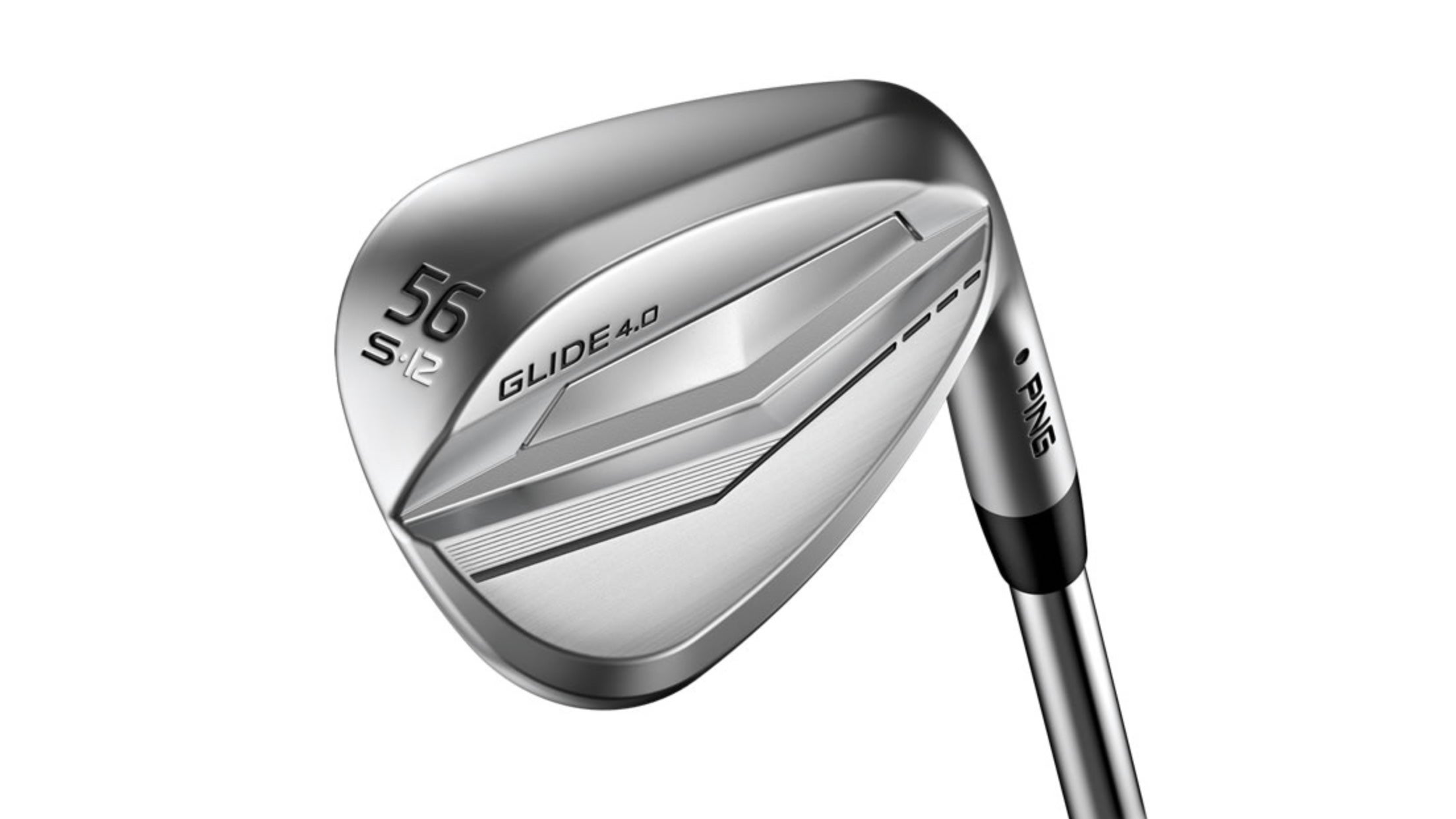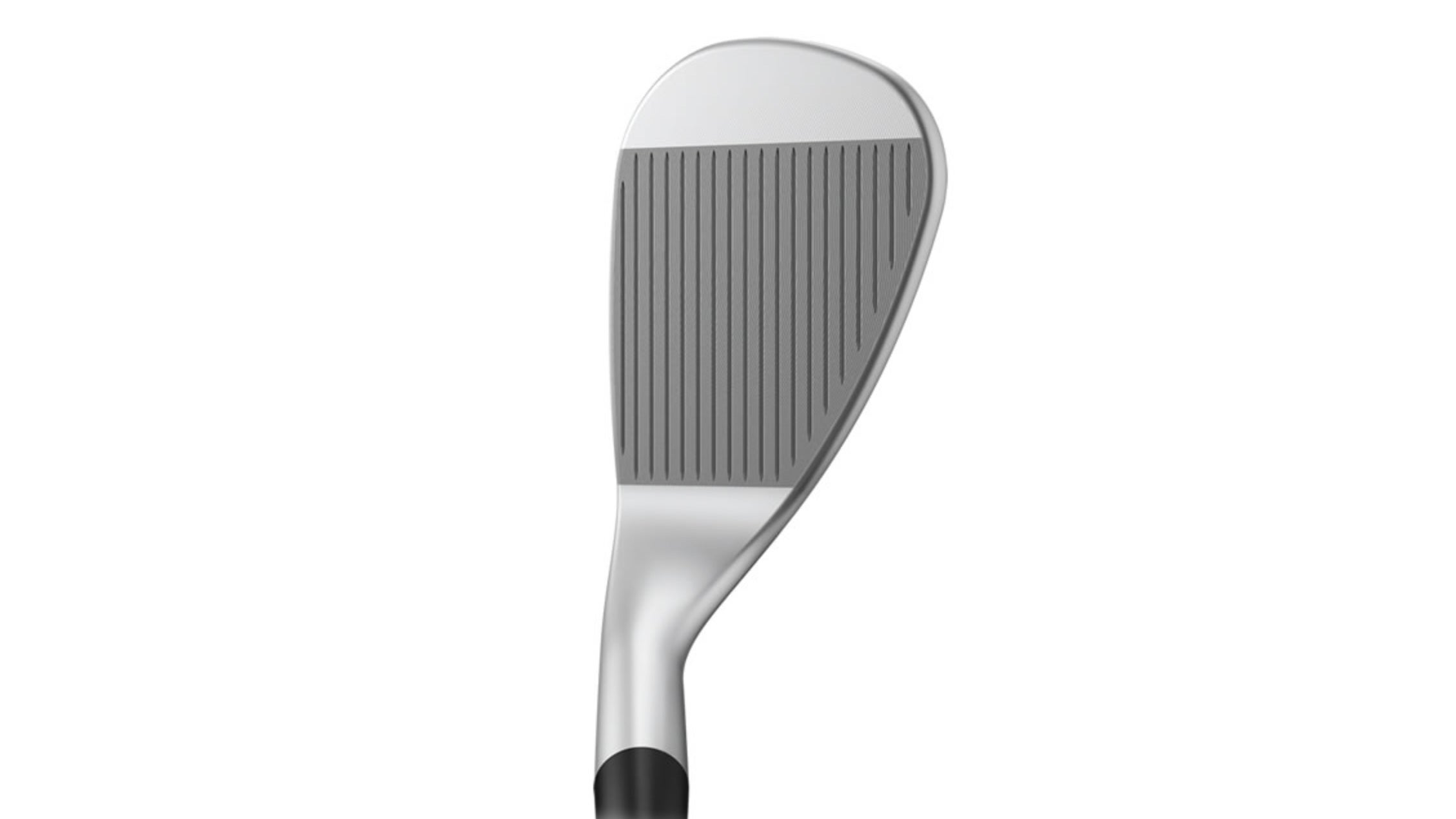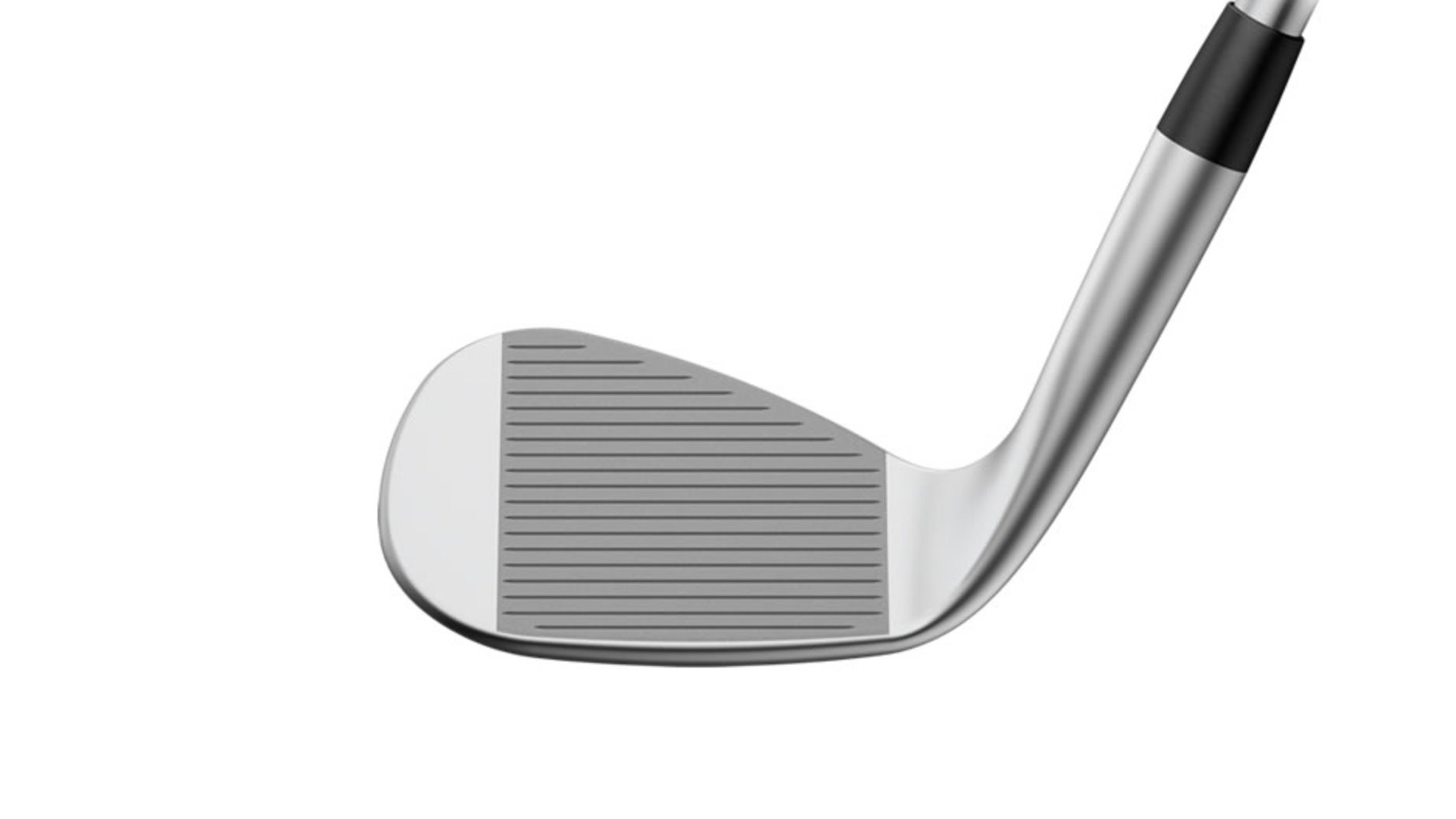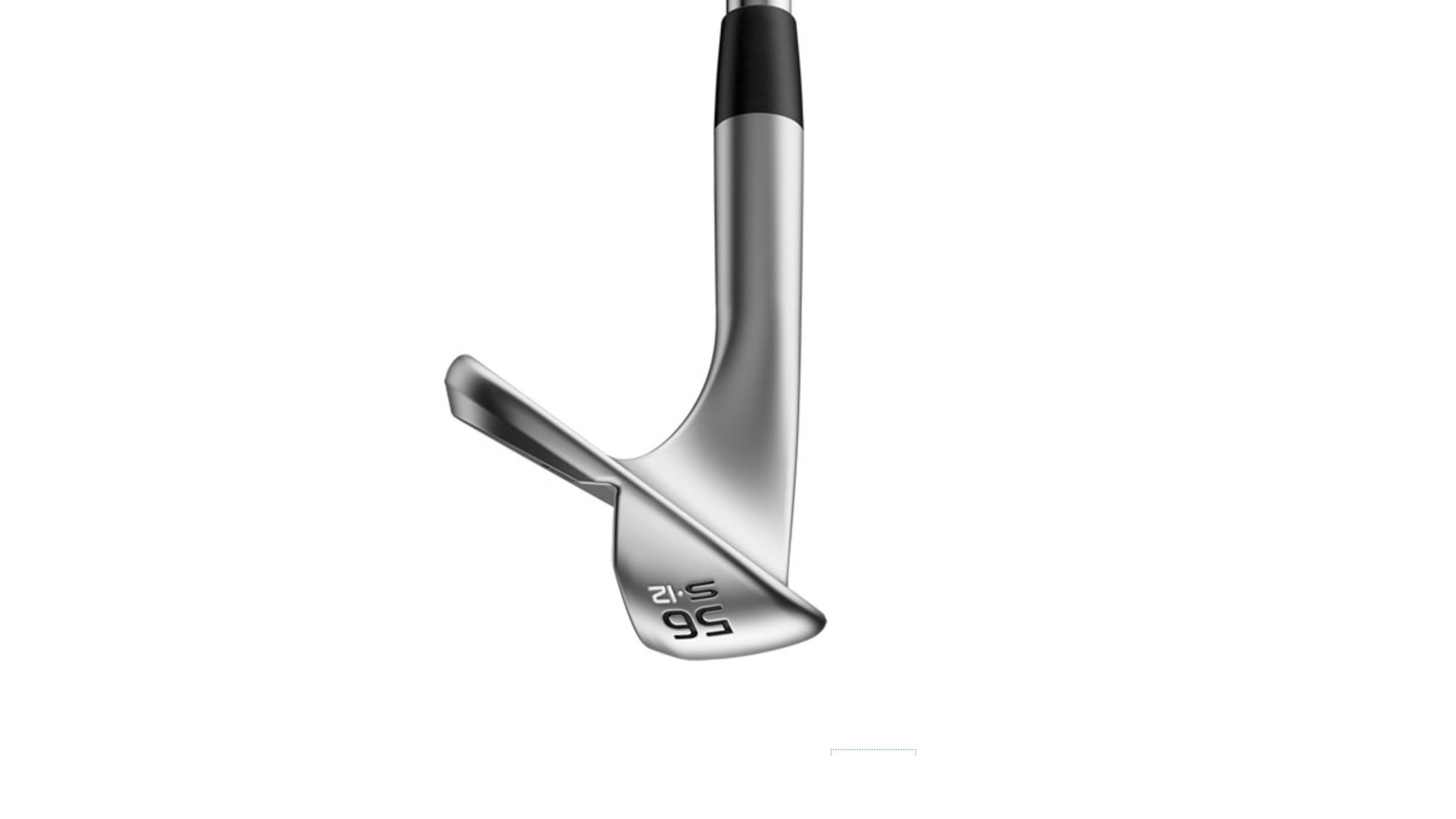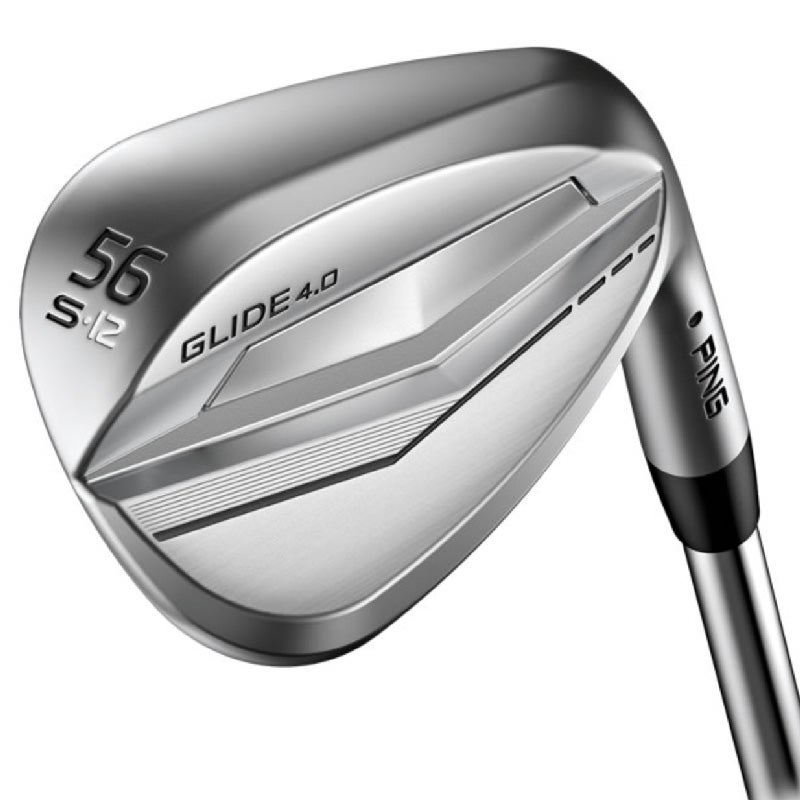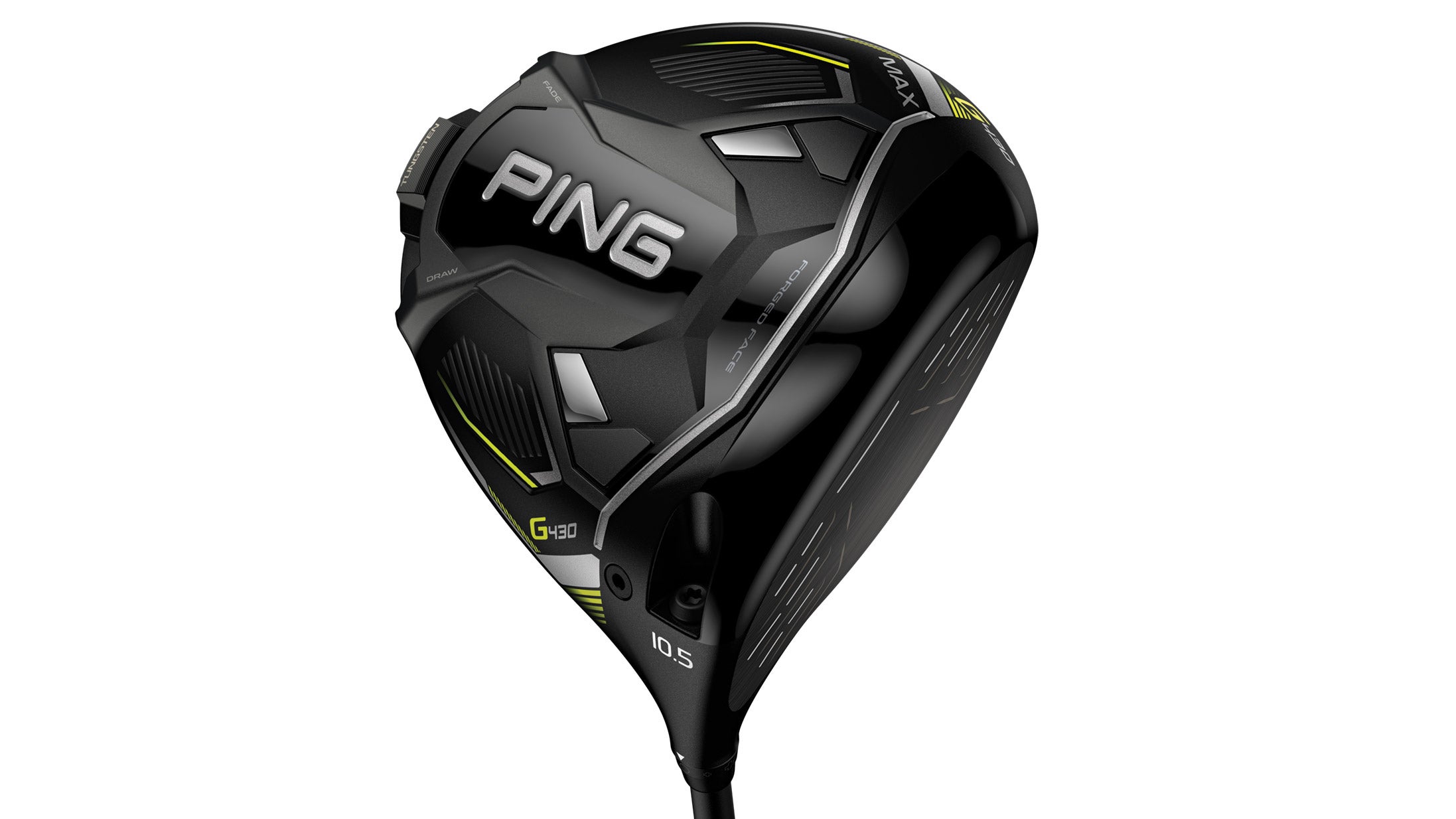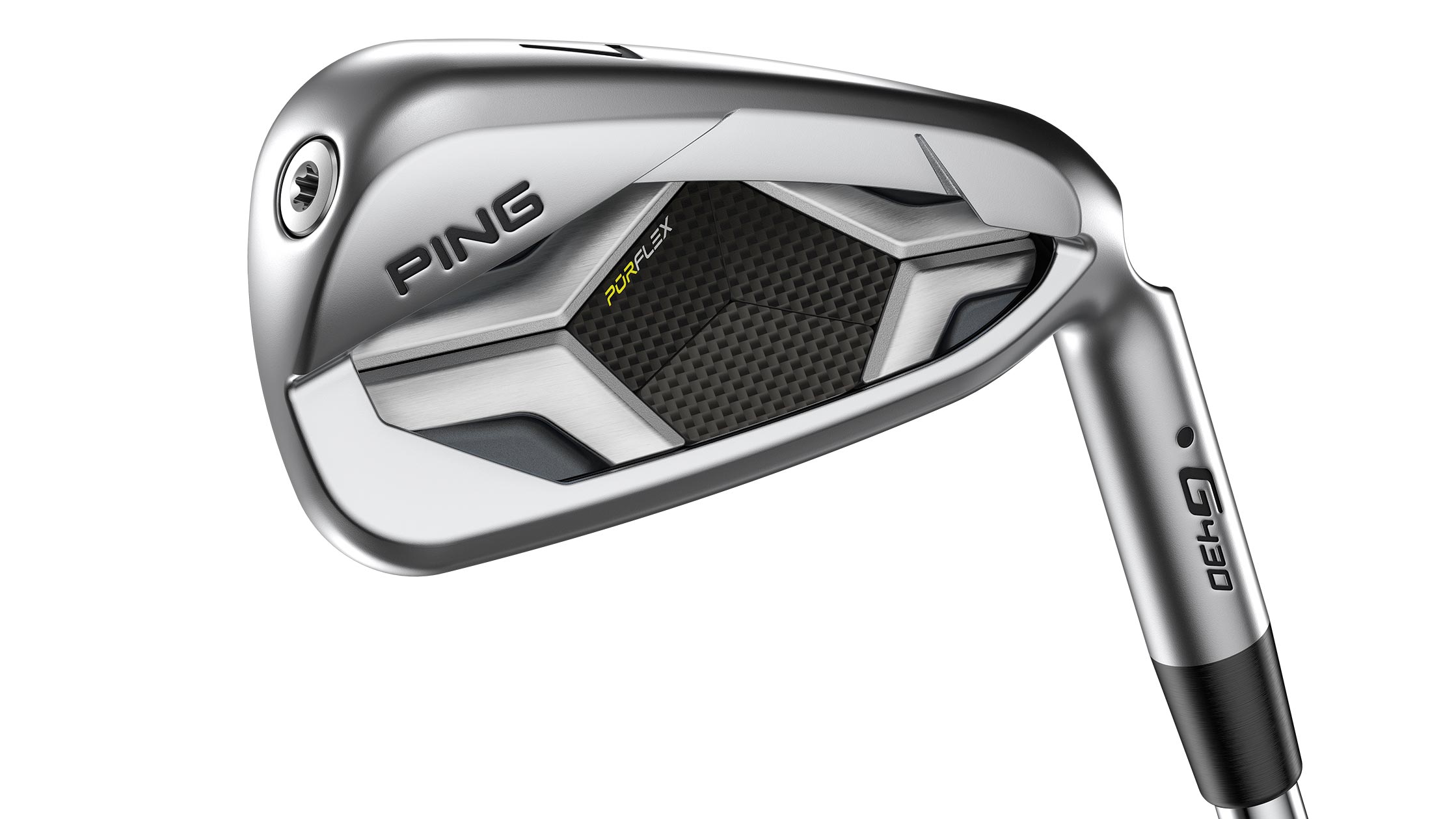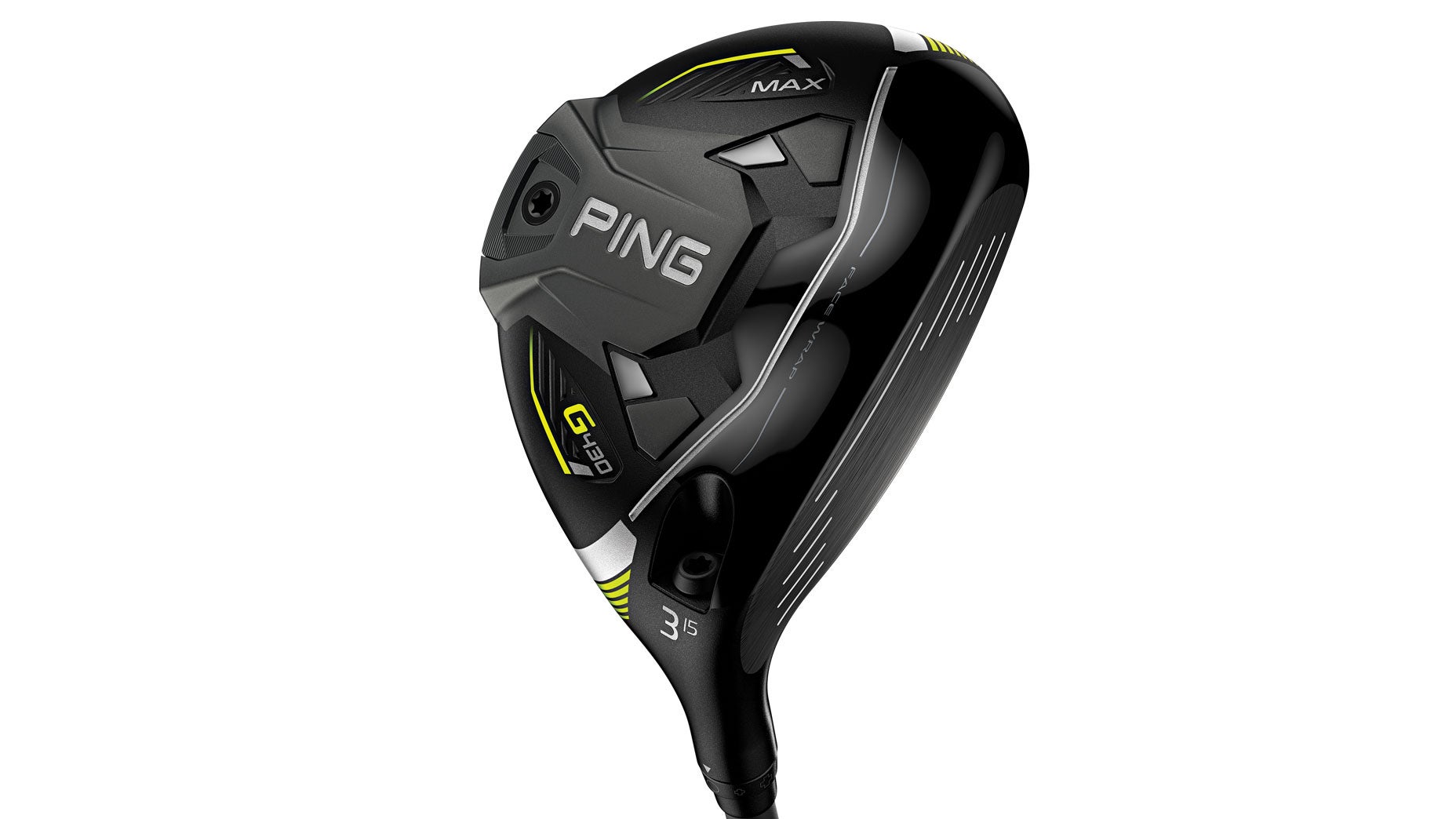HIGHLIGHTS

LOW LAUNCH, HIGH SPIN
Ping added an Emery blast texture to the face and grooves of the Glide 4.0 wedges to generate more friction and interaction between the club and ball. The end result is a noticeably lower launch with more spin.

SOFT FEEL
To give the wedge a softer feel, Ping changed the head material to 8620 carbon steel and added a larger elastomer Custom Tuning Port (CTP) in the back cavity for increased perimeter weighting.

ROBOT’S REPORT
Between Glide 3.0 and Glide 4.0, GOLF’s gear experts saw a massive spin improvement (and lower launch) on half and three-quarter shots, with spin increasing by as much as 3,000 RPMs with a 5-6 degree lower launch window leading to better distance control.
Club Comparison
Select the wedge grinds you want to compare with the tabs below.
Glide 4.0 S-Grind
Glide 4.0 T-Grind
Glide 4.0 W-Grind
Glide 4.0 E-Grind
AMPLE BOUNCE
The S-Grind offers trail edge and heel relief with ample bounce.
PLAYER TYPE
The S-Grind also features a rounded leading edge that fits a large swath of playing types.
CLASSIC SHAPE
The T-Grind brings back the classic half-moon shape designed around relieved heel-toe sections and trailing edge relief.
PLAYER TYPE
The T is ideal for players who manipulate the wedge — especially the lob wedge — around the green on tight turf conditions.
TRADITIONAL DESIGN
The W-Grind delivers a traditional full-sole design with a rounded leading edge and profile that’s ideal for square-face and bunker shots.
PLAYER TYPE
The W-Grind is the most forgiving wedge through the turf.
HIGH TOE
The E-Grind is built around a high toe with improved leading edge shaping, dished sole and tapered hosel
PLAYER TYPE
The E-Grind’s features are ideal for bunker performance.
Ping Glide 4.0 Wedges
Get yourself a new Ping Glide 4.0 wedge with custom specs from Fairway Jockey today!
When Ping began to conceptualize its new Glide 4.0 wedge, Tony Finau, along with other members of Ping’s Tour staff, were front and center during the design process to offer constructive feedback as the wedge came to life.
Finau’s initial feedback aligns with the key improvements Ping made on Glide 4.0. In an effort to lower the overall launch for control purposes and up the greenside spin, Ping added an Emery blast texture to the face and grooves to generate more friction and interaction between the club and ball. The end result is a noticeably lower launch with more spin.
The 46-, 50- and 52-degree lofts include wheel-cut grooves with a 20-degree sidewall that’s designed to manage spin on full shots, while the 54- through 60-degree offer milled grooves with a 28-degree sidewall and tighter radius for added zip around the green and from the bunker. Ping’s hydropearl 2.0 chrome finish enhances spin from wet and rough conditions by displacing moisture at impact.
During recent head-to-head testing between Glide 3.0 and Glide 4.0, GOLF’s gear experts saw a massive spin improvement (and low launch) on half and three-quarter shots, with spin increasing by as much as 3,000 RPMs with a 5-6 degree lower launch window.
To give the wedge a softer, Tour-esque feel, Ping changed the head material to 8620 carbon steel and added a larger elastomer Custom Tuning Port (CTP) in the back cavity for increased perimeter weighting. Enlarging the overall size of the CTP also allows for 36 percent more face contract, when compared to Glide 3.0, to deliver solid acoustics and feel at impact.
Subtle changes were made to the overall size and shape of the head — as well refinements to the leading edge and hosel transition — to provide a captured look at address. The slightly rounded, compact design is meant to blend seamlessly with the rest of the iron set, something the better player will appreciate.
Ping G430 Drivers
Full reviews and robotic testing info for Ping’s G430 drivers, including the G430 Max, G430 SFT and G430 LST driver models.
Ping G430 Irons
Full reviews and robotic testing info for the latest Ping irons, including the Ping G430 and Ping i230 iron models.
Ping G430 Max Fairway Woods
The G430 fairways feature a Carbonfly Wrap to deliver more distance by positioning the CG closer to the force line to maximize ball speed, resulting in higher, longer carries.
 LOW LAUNCH, HIGH SPIN
LOW LAUNCH, HIGH SPIN  SOFT FEEL
SOFT FEEL  ROBOT’S REPORT
ROBOT’S REPORT 